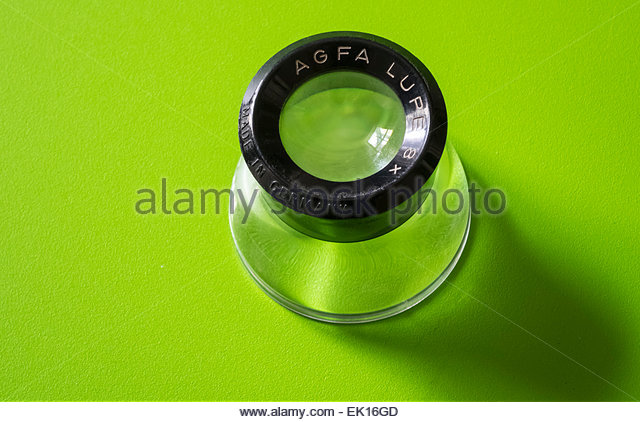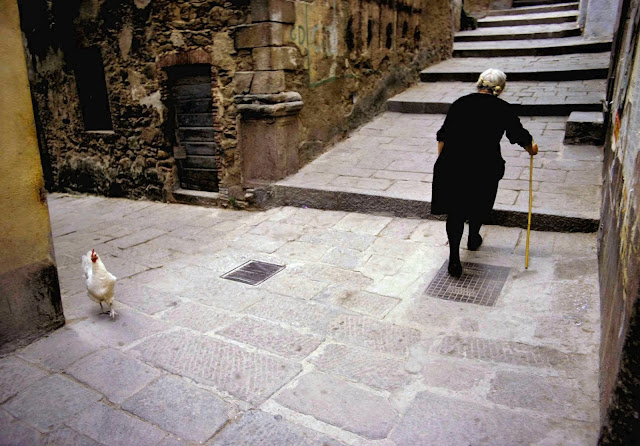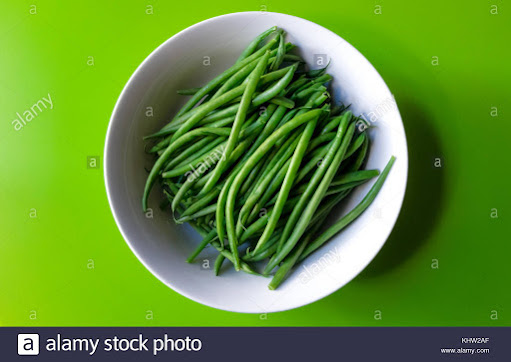Ah, yes—the cameras, and lenses, and other bits and parts we use to capture images. Our kit. I have a simple point of view towards photography equipment: if I can work without it, I don't buy it, carry it, or use it. But our kits are the tools we use as photographers, so I've always bought the best stuff I could afford. It's hard to do a first-rate job with second-rate tools.
In the past, I've owned Nikons, Leicas, Hassieblads, Rollies, Bronica's, Mamiyas, a Linhof 4 by 5, and a Deardorff 8 by10. The Deardorff I owned for about a week and used it only once. Then I sold it. Someone made me an offer I could not refuse. These days, I use only smaller, lighter mirrorless Sonys. It would be nice to have larger files to work with, but my Sonys produce images that are fine for what I shoot now: editorial stock.
I've owned primes, zooms, wide angles, ultra-wide angles, telephotos, teleconverters, perspective-control lenses, and almost everything else. Strobes with umbrellas and portable flash units with bouncers and defusers and confusers? Yup.
A friend asked me what focal length lens I use most. That would be 24mm. With the pocket Sony RX100 series, I might crop a frame sometimes, and I usually make use of the perspective control tool in Adobe Lightroom.
Camera supports? Of course. I have a Silk Pro 804 carbon-fiber tripod with me, and two ball socket heads, a Bogen, and a Leitz. It's a little on the short side, but it's useful. Gone now are my larger tripods, table pods, and clip pods. An extra I did buy was the UPstrap-Pro. Those straps are much more secure than the strap that comes with your camera. I still have an UPstrap on my Domke shoulder bag.
When I set out on this endless journey two years ago, I could not find the bottom folding half of my wonderful Leitz tablepod, damn it!
But enough about me and my stuff . . .
Here's what's been happening this past week with the ongoing gradual opening up of the Liverpool lockdown:
There were a billion and a half people walking around Liverpool City Centre yesterday. Some wore facemasks. Others did not. On the street, I steer clear of people but have my facemask on my chin at the ready. I pull it up to cover my mouth and nose when I go into shops. I do not go out late at night and rub shoulders with party-minded rugby-type beer drinkers.
At my advanced age, if I get the virus it will probably kill me. But at my advanced age, something is going to kill me. I have no plan to live forever.
I don't have a dog or a cat or any furry creature that I can scratch behind the ears. I've sort of adopted this young herring gull as my pet. It hangs out on the marque of my building looking lost and confused. Like all the birds in Liverpool, it's hungry. I talk to it and try to encourage it to fly out over the Irish Sea and catch a fish. But this gull is not smart and it doesn't seem to understand me. Maybe it's my New York accent? Someone told me it's against the law to feed the gulls. I plan to feed this bird anyway.
Gulls are often thought of as flying rats. But in fact, they are an endangered species. I'm trying to work out what's the best thing to do. I know I can't save all the gulls; I'm just focused on this one bird, what it can eat, and what it should not.

























